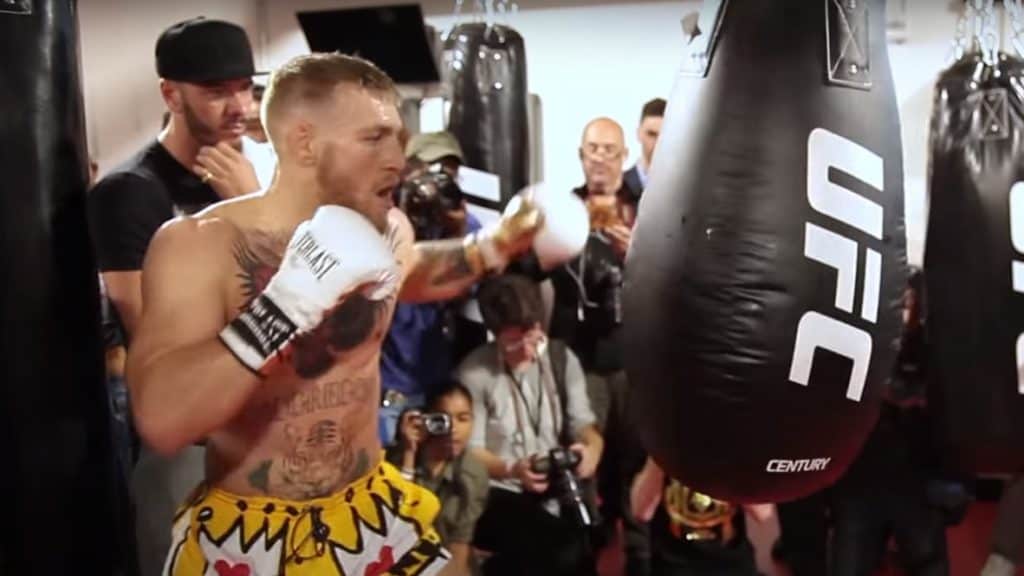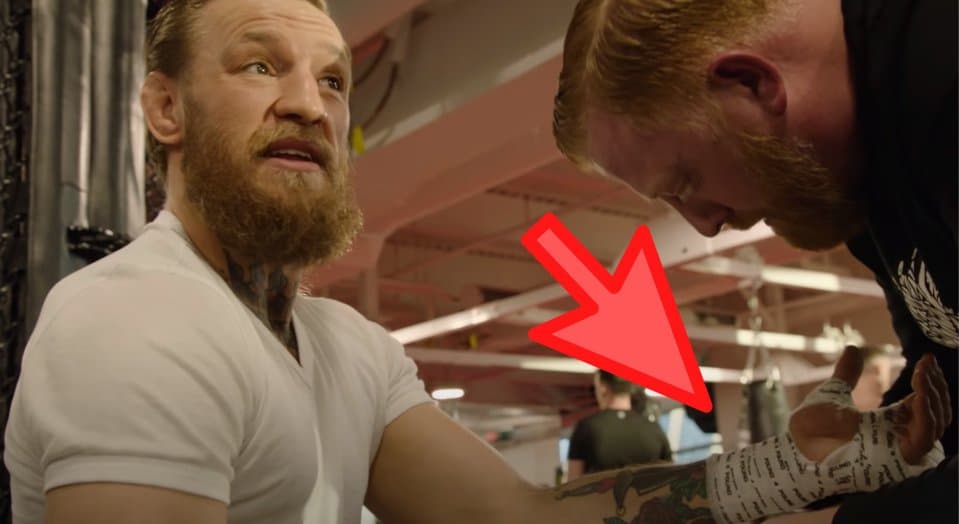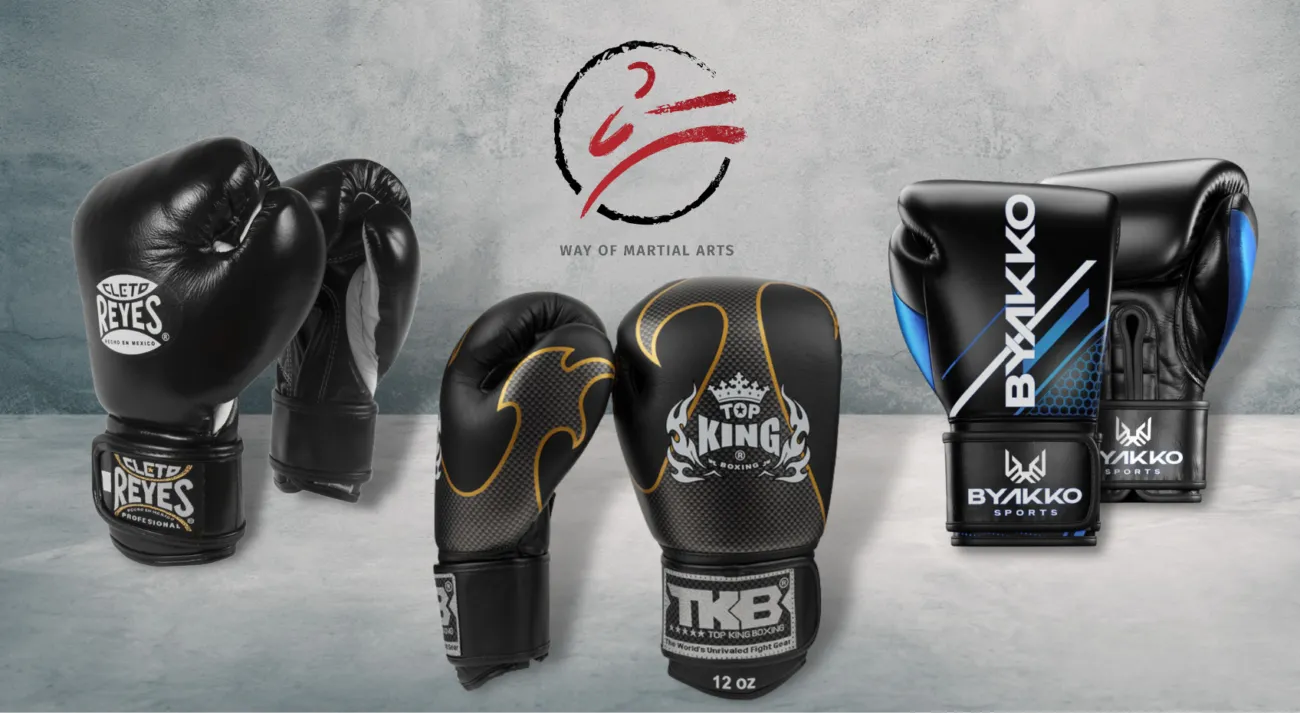The following article in our series on combat sports equipment is focused on one of the most famous pieces of equipment in modern combat sports – gloves. Many modern combat sports – and even some martial arts – utilize one form of gloves or the other. The gloves symbolize the development of modern combat sports and a transition from bare-handed fighting to a more modern version of the same sport, where the organizations are more concerned about the safety of the fighters than the brutality of the fight. Today, we will walk you through the differences between boxing and MMA gloves.
There are two main differences between boxing and MMA gloves. Generally, boxing gloves are giant. On the other hand, MMA gloves are open-handed, meaning that fingers are pointing out of the gloves.
Read also: RDX MMA Gloves that are worth your money 2024
That is a very simplified answer. So, today’s topic concerns two of the most popular combat sports – MMA and boxing, i.e., the different types of gloves used in these sports. We’ll bring you an overview of MMA and boxing gloves before concluding on their utility and effectiveness.
Everything You Need to Know About MMA Gloves
MMA gloves, or grappling gloves, are unique, open-handed gloves used in MMA competitions. The gloves are small, have open fingers, and usually have about 4 to 6 oz (ounces) of padding on the upper side to protect the hands of the fighters.
They are called grappling gloves because their primary function, besides punching, is to allow the fighter to grapple his opponent, which is why they are so different than boxing gloves. They are a necessary part of MMA equipment.
Besides protecting the hand, such gloves are also used to protect the fighters’ faces from lacerations (and, subsequently, medical breaks). However – interestingly enough – their design still doesn’t guard against severe head trauma (and even brain injury) as the punches using MMA gloves are more potent than the punches used in bare-knuckle fighting.
To summarise, MMA gloves protect the fighters’ hands and guard the face against lacerations, but they cannot prevent serious and dangerous head injuries and traumas.
Historically, open-handed gloves in modern combat sports are relatively new. They were first obligatory in Japan during the 1980s when that country’s Shooto promotion made the fighters wear them. They were later adopted by the UFC, the world’s most prominent MMA promotor, and have since become a standard in mixed martial arts (MMA).
There are three types of MMA gloves:
- Competition gloves – competition gloves are used in official competitions, whether they are professional or amateur. The standard padding for pros is 4 oz, while amateurs can wear gloves whose padding is 6 oz.
- Sparring gloves – used primarily for sparring exercises- are a bit heavier than regular competition ones (7 oz) because they need to be more protective of the fighters and their bodies.
- Grappling gloves – these gloves are primarily used during training sessions. They have the smallest amount of padding on them and all ten fingers under less constraint than in the other types of gloves, allowing the trainees to better move their hands when necessary.
So, to summarise, MMA gloves are open-handed gloves designed for MMA fights and more adapted to grappling. There are three MMA gloves; each used for a different purpose. While they do protect the fighter’s hand and reduce more minor facial lacerations in the opponent’s corner, they are not designed to prevent serious brain injury.
Everything You Need to Know About Boxing Gloves

Boxing gloves are closed, cushioned gloves used in boxing and other combat sports. They are larger than the usual MMA gloves and were introduced into modern boxing in 1867 through Broughton’s Rules; these rules, named after boxer Jack Broughton, first mentioned boxing gloves, but they were necessary only during practice, as people still preferred bare-knuckle fighting over gloves. The situation was unified somewhere during the last century when boxing gloves became a professional standard.
As for the design, boxing gloves come either with lace-ups or Velcro. The former solution is more secure and provides a better fit, but you’ll need someone to help you put them on; the latter adds more stability to the wrist because the Velcro is a second-hand wrap. Why a second?
Because you’ll always put your gloves above a cotton hand wrap to stabilize your fist and avoid fractures, the passing, which covers your fist and fingers, can be made from different materials.
As you can see, the design of proper boxing gloves is slightly more sophisticated than that of MMA gloves, although the guiding principles behind it aren’t that different.
Like MMA gloves, boxing gloves can also be divided into categories, of which there are four:
| Type | Description | Sizes |
| Bag gloves | Gloves are best suitable for punching heavy bags, for which they are specially designed. Despite that, they’re not recommended by trainers for any form of boxing training, especially sparring. | 8 – 16 oz |
| Sparring gloves | These gloves are designed to protect both athletes during sparring; their main goal is to support, not profit. Due to varying sparring techniques, they come in various sizes, ranging from 4 to 20 oz, but there were even some custom-made ones, like Sonny Liston’s 22 oz gloves. | 4 – 20 oz |
| Competition gloves | The official competition standards design sparring gloves in international boxing. Generally, they’re less padded than other types of gloves. | 8 – 12 oz |
| Lace-up gloves | Boxing professionals typically use these gloves for (or during) training sessions and official competitions. | 8 – 16 oz |
Are Boxing Gloves Safer Than MMA Gloves?
As for safety, although seemingly safer than MMA gloves, boxing gloves aren’t substantially better than them. They both protect the fighters’ hands (here, boxing gloves might do a better job, but not enormously) and faces from lacerations, but like MMA gloves, boxing gloves do not provide a guarantee when it comes to severe head injuries or trauma.
The numbers prove that there is no substantial difference when serious injuries are concerned, so – despite looking safer, boxing gloves aren’t that better than MMA gloves.
A study even shows that gloves – MMA and boxing gloves – increase the risk of severe head injuries because the fighters can hit harder while wearing gloves. They both provide better protection than bare-knuckle fighting but don’t protect you from threatening conditions.
MMA or Boxing Gloves: Which Type Is Better?
If you’re wondering which type of gloves is better, MMA or boxing gloves, the answer would be – they’re both equally suitable for their disciplines. Ultimately, it all depends on what you want to do with your sporting career and which sport you want to train.
If you prefer MMA and MMA-based sports, you’ll pick MMA gloves because they’re better suitable for such types of combat. On the other hand, boxing gloves are better for boxing and similar sports, but you won’t need to worry because boxing has a more precise ruleset (that defines more things) than MMA.
Delving into the world of combat sports, you’ve learned about the stark differences between boxing and MMA gloves. Having understood their unique features, it’s worth checking out our comprehensive guide on women’s boxing gloves. It not only highlights top-notch boxing gloves for women but also details how they blend protection with comfort – a crucial aspect often overlooked in the design of combat gear for women.
That’s yet another article about combat sports equipment. We hope you’ve also enjoyed this one and that we’ll see you soon. Until then!


